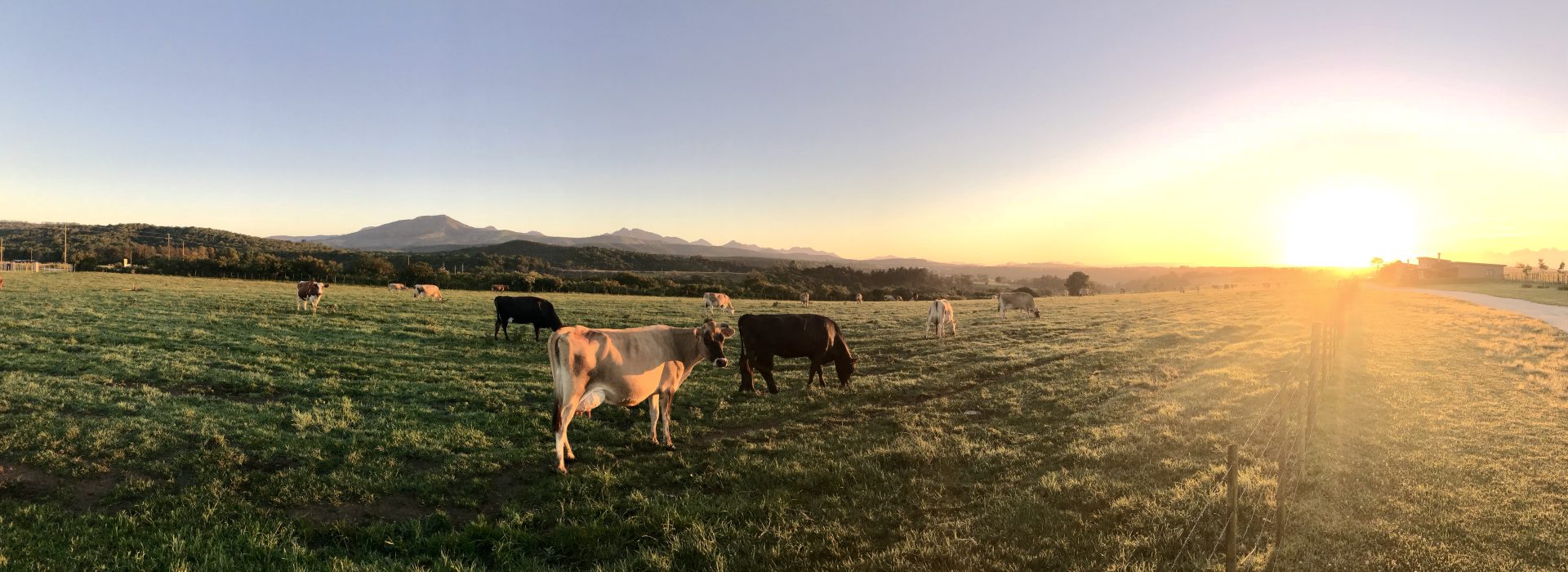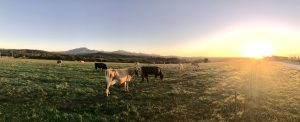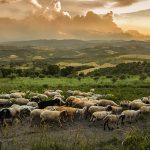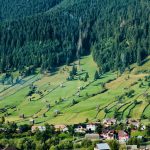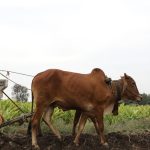Allan Savory, a Zimbabwean ecologist, farmer, and president of the Savory Institute, has been a prominent figure in the field of regenerative agriculture. His work has been instrumental in promoting holistic management, a framework that aims to restore degraded grasslands, enhance biodiversity, and mitigate climate change. This blog post is based on a debate held at the Oxford University Museum of Natural History, where Savory passionately defended his approach against critics.
On the other side of the debate was George Monbiot, a British writer known for his environmental and political activism. Monbiot has been a vocal advocate for rewilding and reducing livestock farming, arguing that these measures are crucial for mitigating climate change and preserving biodiversity.
The Debate
The debate revolved around the role of livestock in biodiversity loss and climate change. Monbiot argued for a reduction in livestock farming, citing its contribution to greenhouse gas emissions and habitat destruction. Savory, on the other hand, contended that properly managed livestock could be part of the solution, not the problem.
Savory’s Argument
Savory’s argument is rooted in his decades of experience in Africa, where he observed the degradation of grasslands due to overgrazing and desertification. He proposed that livestock, when managed holistically, could mimic the natural grazing patterns of wild herbivores, stimulating plant growth, enhancing soil health, and sequestering carbon.
Savory argued that the real cause of biodiversity loss and climate change is not livestock per se, but the way humans make decisions. He suggested that current policies are developed to meet needs, desires, or address problems, but they often fail to consider the complexity of ecosystems and the interdependencies between humans, animals, and the environment.
The Role of Livestock in Regenerative Agriculture
Savory emphasized that livestock could play a crucial role in regenerative agriculture, a farming system that aims to restore degraded soils, enhance biodiversity, and sequester carbon. He argued that livestock, when managed holistically, could mimic the natural grazing patterns of wild herbivores, stimulating plant growth, enhancing soil health, and sequestering carbon.
He also pointed out that many of the world’s great grain-growing regions are former grasslands, not forests. These grasslands, he argued, are part of the carbon sequestration cycle, unlike forests, which are part of the ambient carbon cycle. Thus, well-managed grasslands with livestock could potentially sequester more carbon than forests.
Addressing the Cause, Not the Symptoms
Savory stressed the importance of addressing the root cause of environmental problems, rather than focusing on the symptoms. He argued that unless we deal with the cause of the problem, any solutions we propose will be meaningless.
He proposed a new approach to policy development, one that considers a broader context beyond immediate needs or problems. This approach would aim to ensure stable families, adequate food and water, good education and health, and a balanced life for many generations to come, all on a foundation of regenerating soils and biologically diverse communities.
Conclusion
Allan Savory’s vision for regenerative agriculture is a call to action for a more holistic approach to farming and land management. His work challenges conventional wisdom and invites us to reconsider the role of livestock in our ecosystems. While his ideas may be controversial, they offer a fresh perspective on how we can address some of the most pressing environmental challenges of our time.

